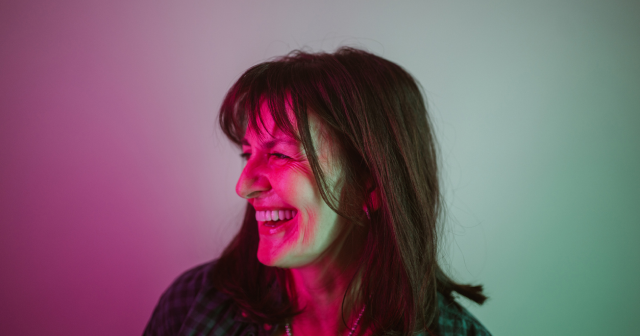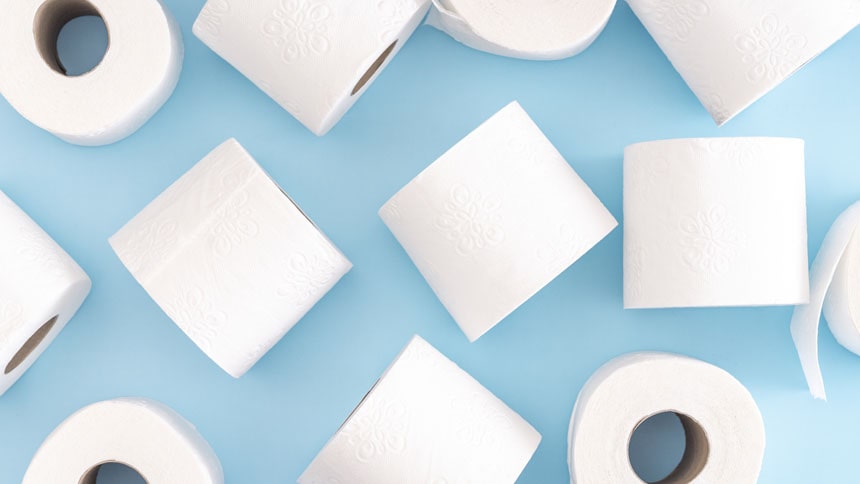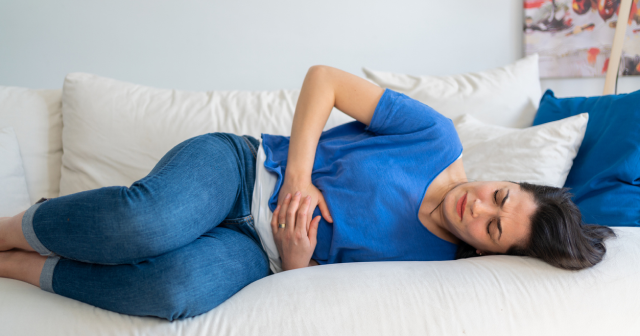The menopause is when you stop having periods, which usually happens between the ages of 45 and 55.
The time leading up to this is called the perimenopause. It’s when your body starts making less of the hormone oestrogen, which can happen anywhere from a few months to several years before your periods stop completely.
Both menopause and perimenopause can cause symptoms, such as hot flushes and mood changes. But these can usually be managed with treatments and self-care measures.
Many people find yoga helpful for menopause and perimenopause symptoms. Read on to learn more about what yoga is, how it can help with menopause, and the best poses to try.
What is yoga?
Yoga is a form of exercise for your body and mind that combines a series of movements, or ‘poses’, with breathing and meditation. It began in India thousands of years ago and has links with Hindu and Buddhist traditions.
Today there are lots of different types of yoga, practised by people all over the world. Many scientific studies have been published about the health benefits of yoga.
The most common types of yoga include:
- hatha – involves gentle poses, breathing exercises and meditation
- ashtanga – a more energetic series of movements, with breathing techniques
- iyengar – often involves props or supports to help with holding poses correctly
- bikram – involves poses done in a heated room
- vinyasa flow – smooth movements that flow from pose to pose
- kundalini – focuses on meditation, breathing and chanting
It’s a good idea to talk to a yoga teacher or an experienced practitioner to help you decide which type of yoga is right for you.
Yoga and menopause
Various studies have shown that regular yoga sessions can help reduce stress and anxiety, thanks to the breathing and meditation techniques involved.
The physical movements and poses of yoga also help to build strength and tone your body, which can boost your emotional and physical wellbeing.
Yoga’s calming, relaxing and stretching poses can also help with other common menopause symptoms, including:
Certain poses are thought to be helpful for specific menopause symptoms. However, it’s a good idea to get advice from a qualified yoga instructor. You should also speak to your doctor if you have any concerns about yoga during menopause.
Yoga pose for hot flushes
The reclining bound angle pose is a cooling pose that reduces tension, which can be helpful if you’re having hot flushes.
Begin by sitting on a mat with your legs straight out in front of you. Then bend your knees and bring the bottom of your feet together, to make a diamond shape with your legs, and gently drop back until you’re lying flat on the mat.
Rest in this position, breathing deeply and slowly, and allow your body to relax.
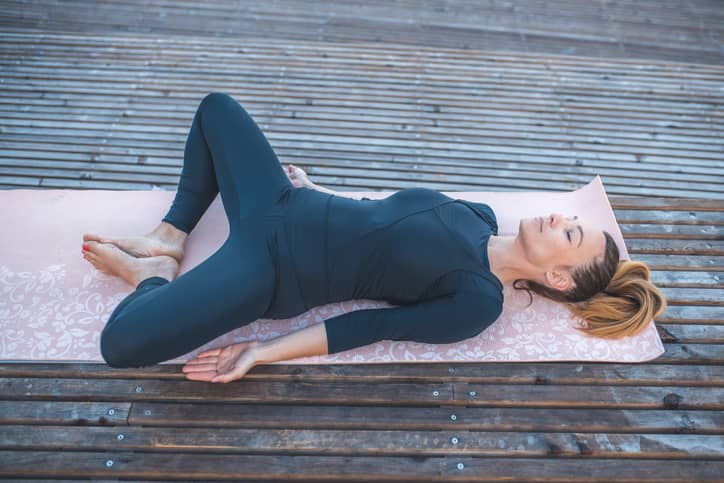
Yoga poses for belly fat
The boat pose is a core exercise, which is great for helping to strengthen and tone your front and side tummy muscles.
Lie on a mat with your knees bent, then breathe in and lift your legs and upper body, reaching your hands towards your bent knees. Hold for a few breaths, then breath out and lower your legs and upper body.
The chair pose will also help strengthen your core, including your back, spine and hip muscles.
Start in a standing position with your legs hip-width apart. Then, with your arms stretched straight above your head, bend your knees and lower yourself down as though you’re sitting on a chair. Lean forwards slightly and breathe while you hold the pose, before standing up again.
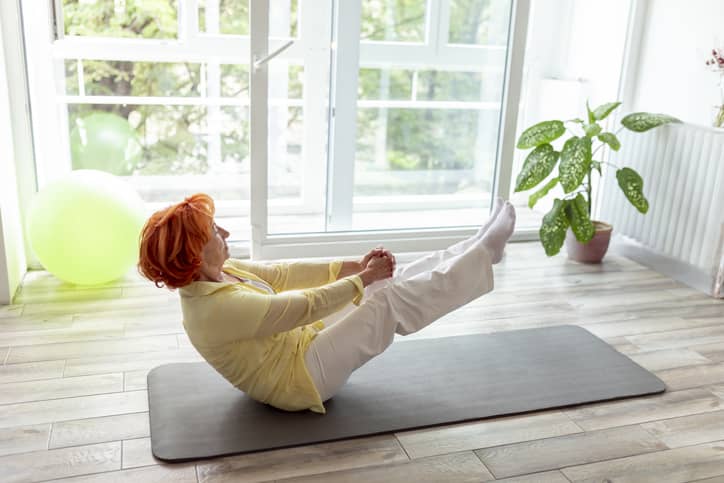
Yoga poses for low sex drive
The squat pose can increase blood circulation to your groin and stretch your hips and pelvis.
Stand up with your feet wider apart than your hips, then sink gently into a squatting position, with your bottom either in line with your knees or ankles, depending on what you feel comfortable with. Take a few breaths, before gently rising up and returning to your starting position.
The happy baby pose is good for relaxation and also stretches muscles in your bottom and lower back.
Lie on your back and bend your knees up towards your tummy. Then grab the outsides of your feet with your hands and widen your knees, pushing your heels upwards to increase the stretch.
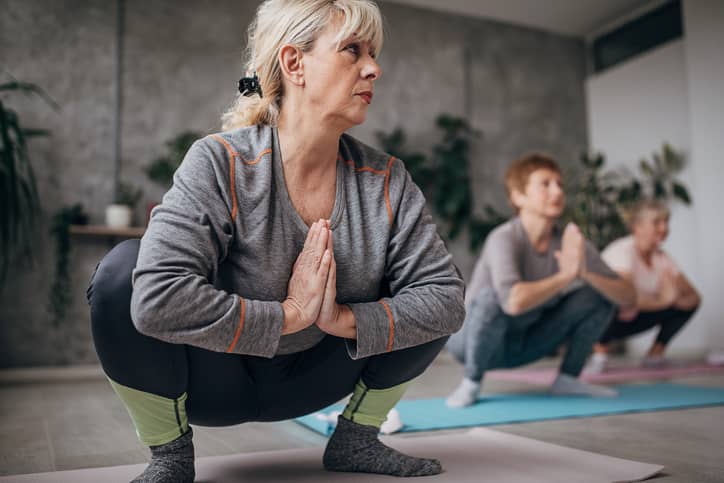
Yoga poses for relaxation and energy
The cat-cow pose relaxes and stretches achy joints, opening the muscles in your back and helping you relax.
Get on your hands and knees, with your back straight, palms flat on the floor and knees hip-width apart. First, breathe in and drop your tummy towards the mat, lift your chest upwards and look up to the ceiling (cow pose). Then breathe out as you pull in your tummy and round your back, dropping your head towards the floor (cat pose).
The sphinx pose, on the other hand, can be energising and stop you from feeling sluggish.
Start by lying on your front on a mat, legs out behind you, arms by your side with your hands in front of you and palms touching the floor. Breathe in and raise your head, chest and tummy, lifting your upper body with help from your arms. Breathe and feel the curve in your back, then breathe out as you lower back to the floor.

Yoga poses for stress and anxiety
The shoulder stand pose can be good for stress relief, while also giving your shoulders and leg muscles a good stretch.
You lie on your back with your legs straight up in the air, then put your hands behind your lower back to create a stable shelf for balance. Then push your bottom upwards and off the mat, keeping your head, shoulders and upper body on the mat while your legs stick straight upwards.
The lunge pose stretches your hips and muscles that get tight when you're stressed, while helping to free your breathing and release tension.
Start on your hands and knees, then step one foot forward, with your knee bent, and bring your upper body upright, with your hands on your hips. Your other leg should be stretched out behind you. Bend your knee more to feel the stretch in your hips, while looking ahead and breathing deeply. Repeat on the other side.
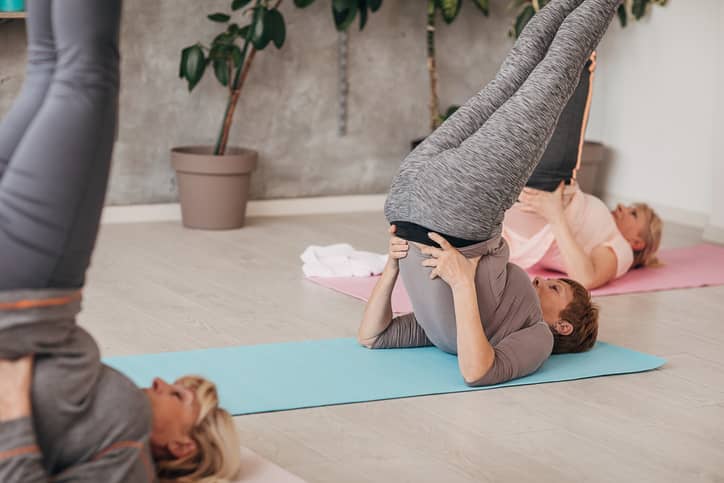
Practising yoga safely in menopause
If you’re taking up yoga in the menopause or perimenopause, it’s important to do it safely. Aches, pains and joint stiffness are more common as you get older, as well as being common menopause symptoms, so it’s a good idea to start slowly.
Try to include some gentle warm-ups, such as neck stretches and shoulder rolls, before building up to more tricky poses, especially if you’re feeling stiff and achy.
Use a chair or other supports if you need them, and don’t push movements if they feel uncomfortable or too difficult.
It’s always best to learn yoga with the help of a professional instructor. They can advise you on safe practice and how to adapt moves to suit your needs, if necessary.
Key takeaways
- yoga is an ancient form of exercise for your body and mind
- it involves different poses, breathing exercises and meditation
- many people find it helps with menopause symptoms, such as anxiety and hot flushes
- certain types of yoga focus more on relaxation, while others are more physical
- it’s best to learn from a qualified yoga instructor, so you can practice safely


